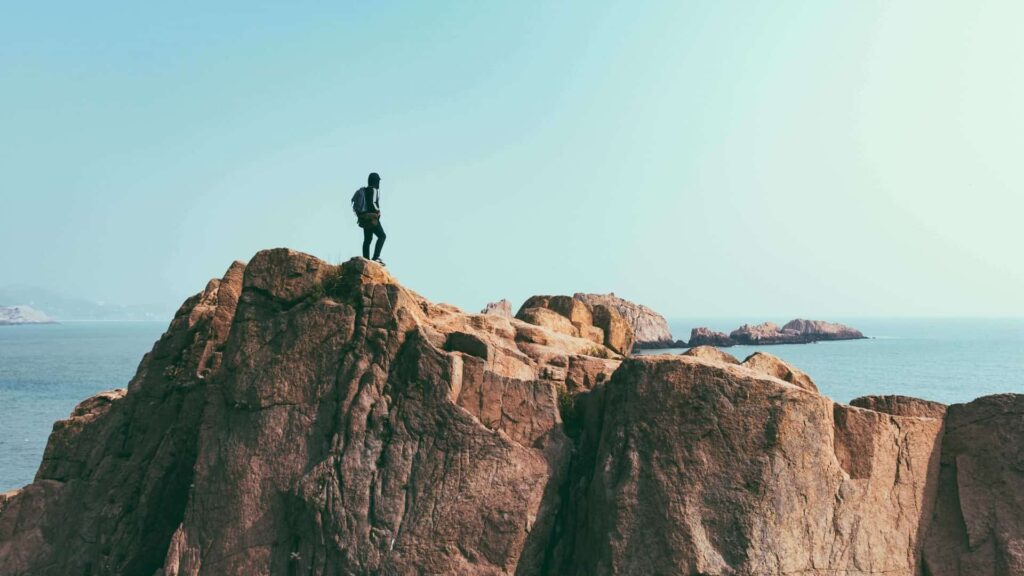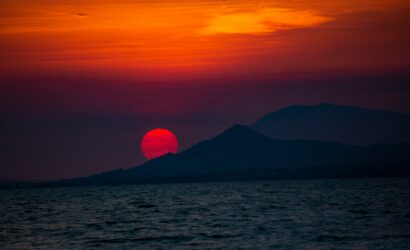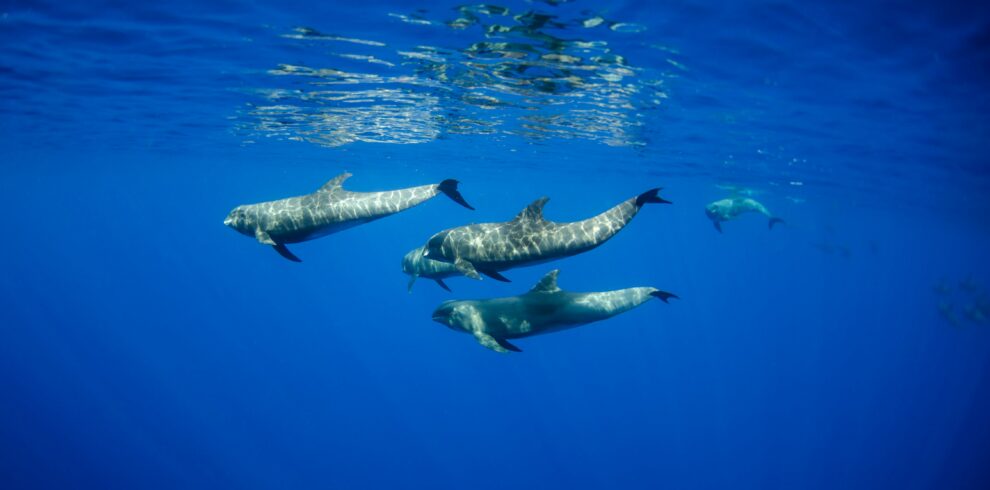At 22,812 square kilometers combined, the Tsavo parks form Kenya’s largest wildlife sanctuary. Divided by the Nairobi-Mombasa railway, each park offers distinct experiences: Tsavo East’s vast plains and red earth, and Tsavo West’s volcanic landscapes and crystal springs.
Key Features
– Red elephants
– Mzima Springs
– Lava flows
– Diverse landscapes
– World War I sites
Best Time to Visit
– June-October
– January-February
– Avoid: November-December
Activities
– Game drives
– Walking safaris
– Historical sites
– Cave exploration
– Bird watching
Getting There
– 5-hour drive from Nairobi
– 1-hour flight
– SGR train option
Recommended Stay
4 nights minimum
Travel is the movement of people between relatively distant geographical locations, and can involve travel by foot, bicycle, automobile, train, boat, bus, airplane, or other means, with or without luggage, and can be one way or round trip. Travel can also include relatively short stays between successive movements.
The origin of the word "travel" is most likely lost to history. The term "travel" may originate from the Old French word travail, which means ‘work’. According to the Merriam Webster dictionary, the first known use of the word travel was in the 14th century.
It also states that the word comes from Middle English travailen, travelen (which means to torment, labor, strive, journey) and earlier from Old French travailler (which means to work strenuously, toil). In English we still occasionally use the words "travail", which means struggle. According to Simon Winchester in his book The Best Travelers’ Tales (2004), the words "travel" and "travail" both share an even more ancient root: a Roman instrument of torture called the tripalium (in Latin it means "three stakes", as in to impale).













Write a Review